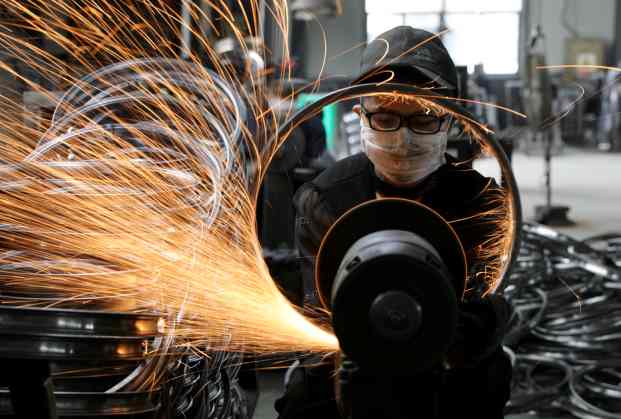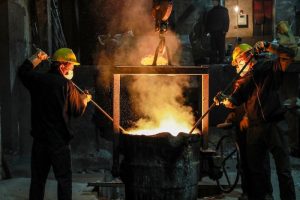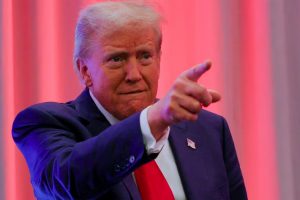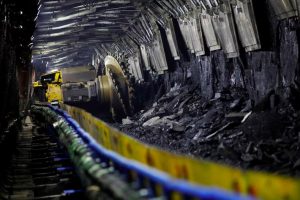Factory activity in the world’s second largest economy unexpectedly contracted in April, a survey showed on Thursday, pulling the brakes on hopes for China’s economic recovery in the second quarter.
China’s Caixin/S&P Global manufacturing purchasing managers’ index (PMI) fell to 49.5 in April from 50.0 in March. The 50-point index mark separates growth from contraction on a monthly basis.
The reading marked the first contraction in China’s industry since January when an abrupt exit from its zero-Covid policies sparked a wave of infections across the country and briefly hit production lines.
Also on AF: South Korea Exports Sink For Seventh Month, China Sales Slump
The data echoes a similarly disappointing official PMI reading of 49.2, released on Sunday, and reflects the unevenness of recovery on the factory floor of the world.
The services sector has so far outperformed manufacturing and helped China grow a robust 4.5% year-on-year in the first quarter.
“The latest survey readings are consistent with still rapid growth at the start of the second quarter, but momentum is slowing relative to what was achieved in the first quarter,” said Julian Evans-Pritchard, head of China Economics at Capital Economics.
Demand hits and job cuts
China’s production growth slowed for the second straight month in April as weaker-than-anticipated new orders dampened output, the private Caixin survey showed.
New orders shrank for the first time in three months, although new export orders swung back to growth from a contraction in March.
Muted client demand led manufacturers to cut their staffing levels at the quickest pace since January. This was mostly through attrition, though some firms also trimmed headcounts to cut costs.
Both input costs and selling prices at factories slumped at the quickest rate in about seven years, with the steep drops in selling prices spurred by attempts by firms to attract new business.
Manufacturers optimistic
Despite the downbeat data, manufacturers’ optimism picked up with firms citing new product releases and supportive government policies. Investment in new equipment was also expected to drive growth, some said.
Data this week also showed tourism spending during the five-day May Day holiday that ended on Wednesday rebounded to pre-Covid-19 levels.
But given a subdued property market and weak demand from overseas, analysts say China continues to face persistent headwinds.
The soft demand has caught the attention of policymakers within the politburo, a top decision-making body of the ruling Communist Party, with the government aiming to achieve full-year growth of around 5%.
Policymakers stressed last week that boosting demand is key for a sustained recovery.
The latest PMIs may lower expectations for the economy in the second quarter, said Zhou Hao, economist at Guotai Junan International.
“But to what extent the economic recovery momentum will weaken, the market is not sure,” Zhou said.
“The manufacturing sector will be under pressure in the second quarter and won’t get any relief at least until June.”
- Reuters, with additional editing by Vishakha Saxena
Also read:
China’s Manufacturing Falls in April as Export Orders Drop
China’s Biggest Banks Report Declining Interest Margins
China Asks Banks to Cut Deposit Rates Again to Boost Spending
China Evergrande Debt Rejig Will Cost Billions, Could Still Fail
























